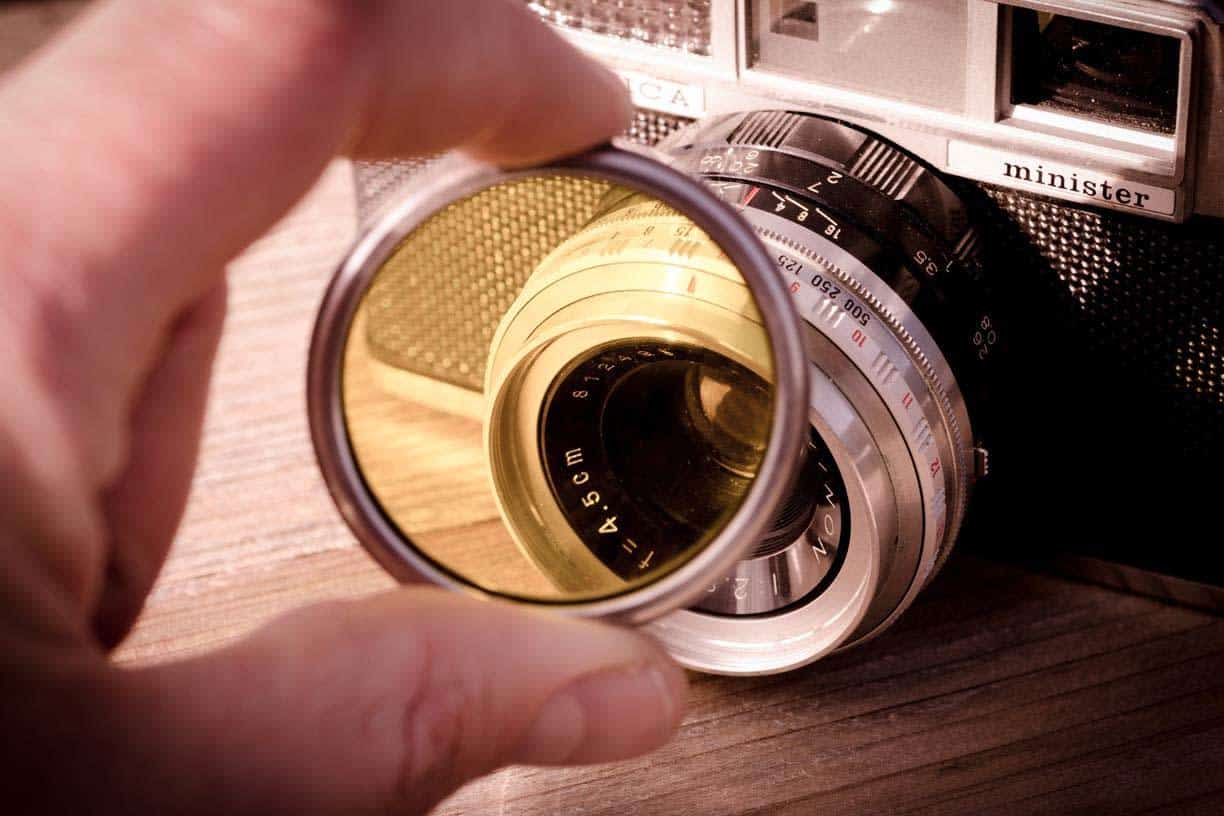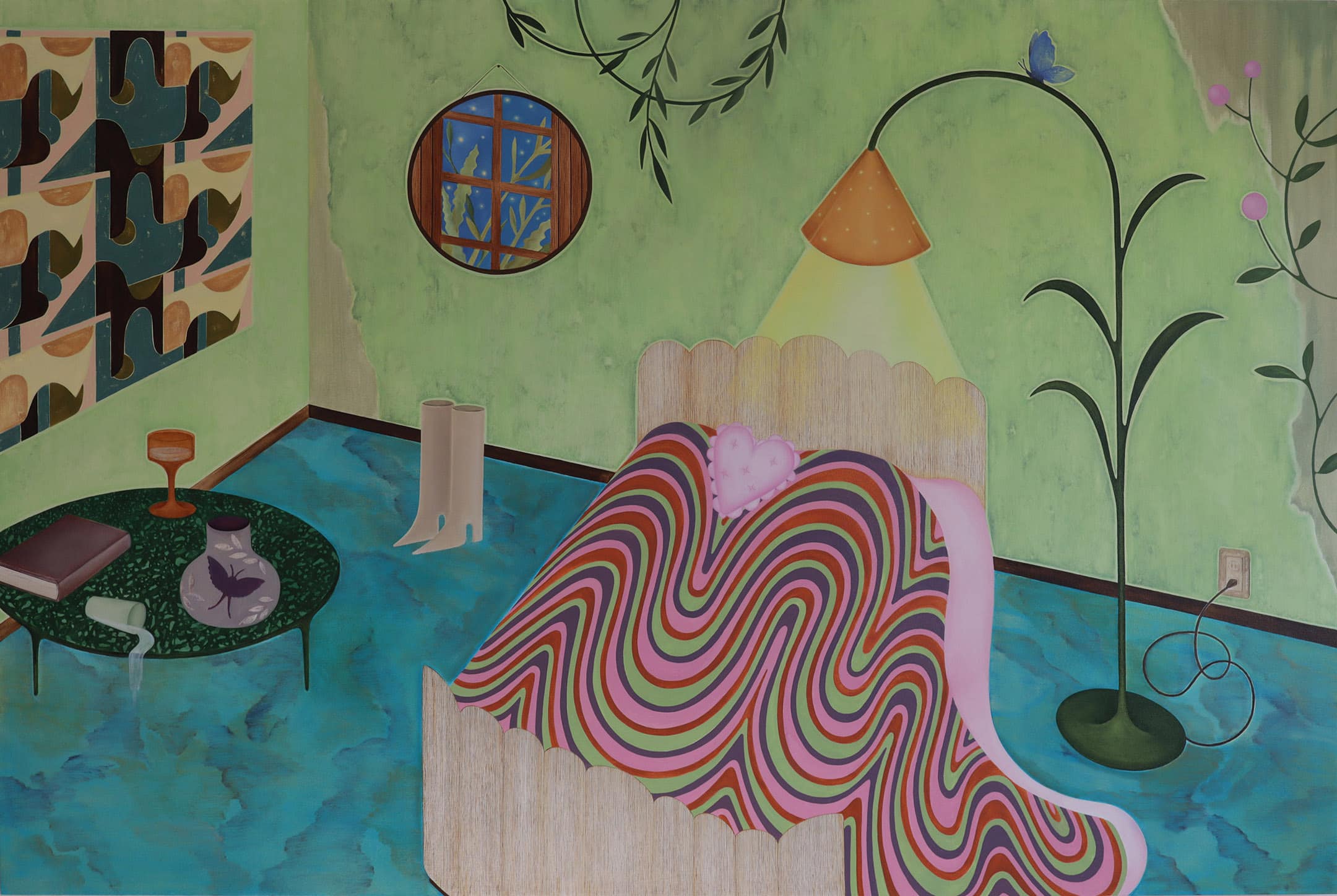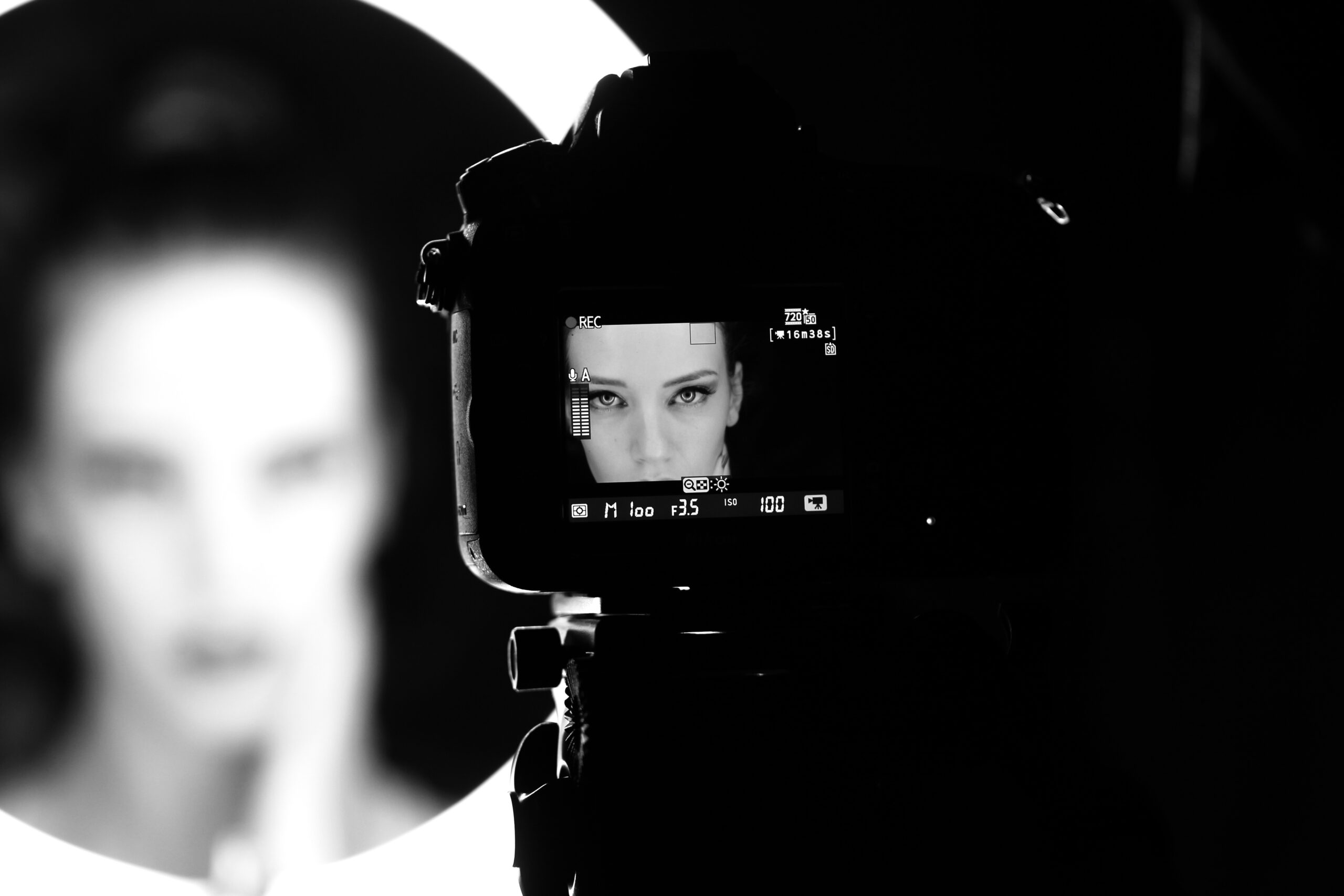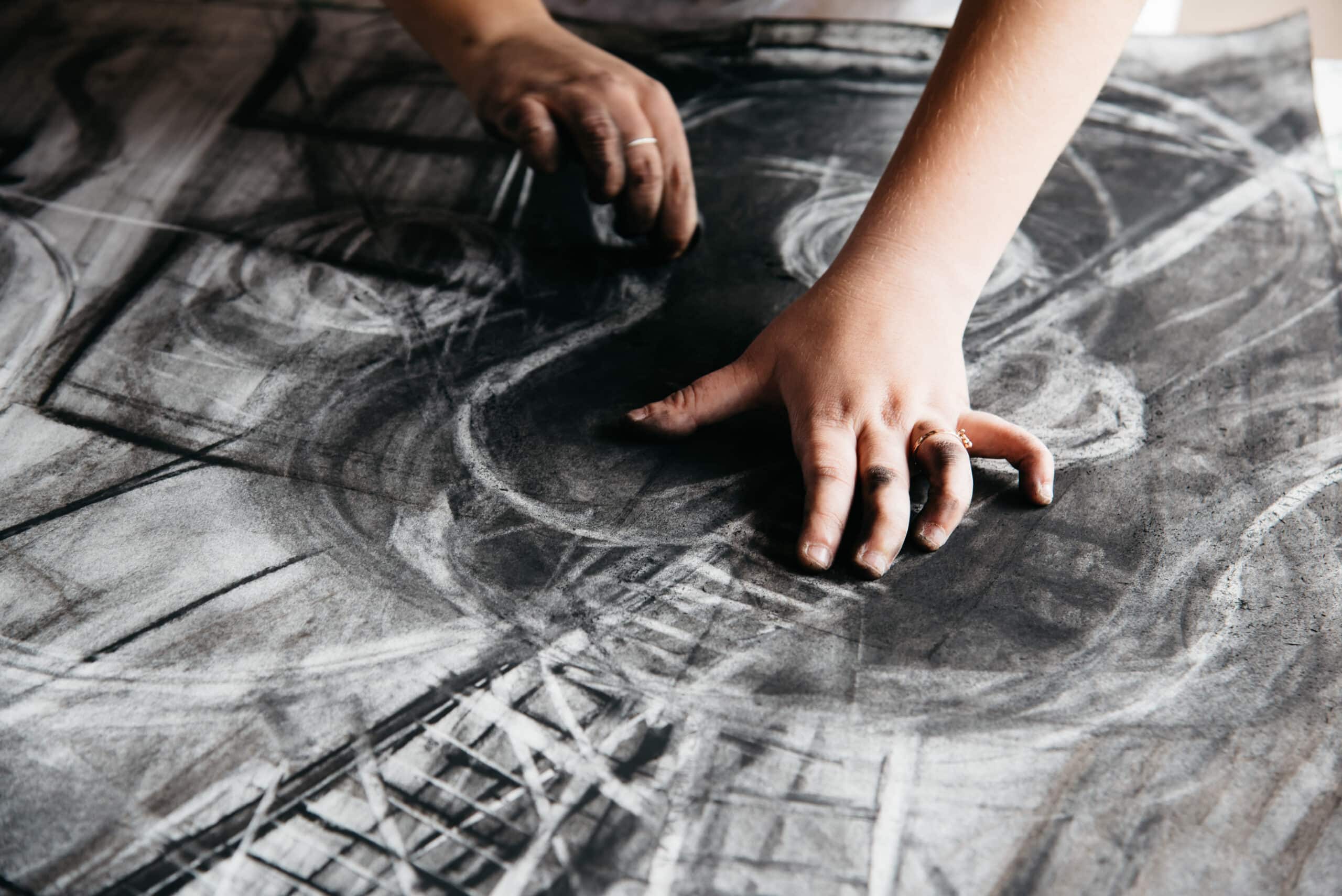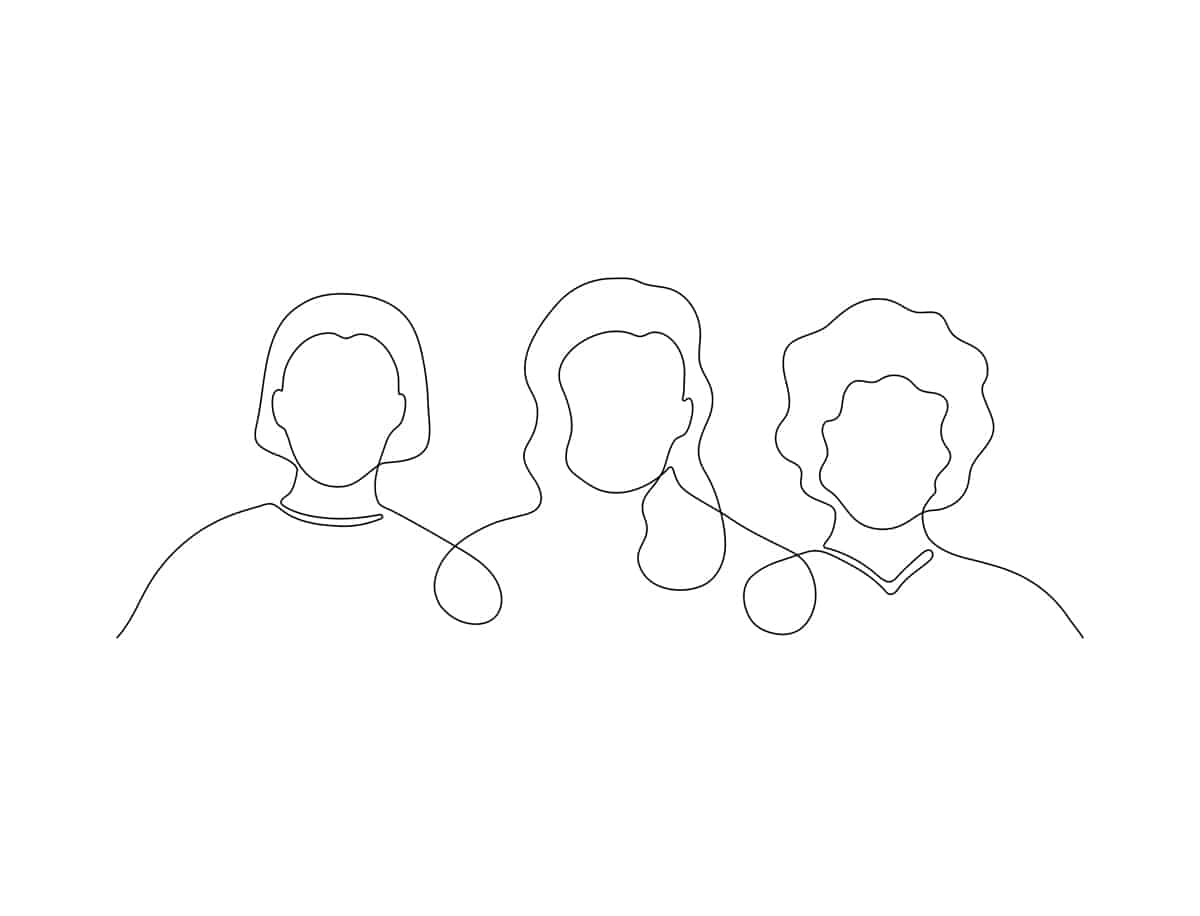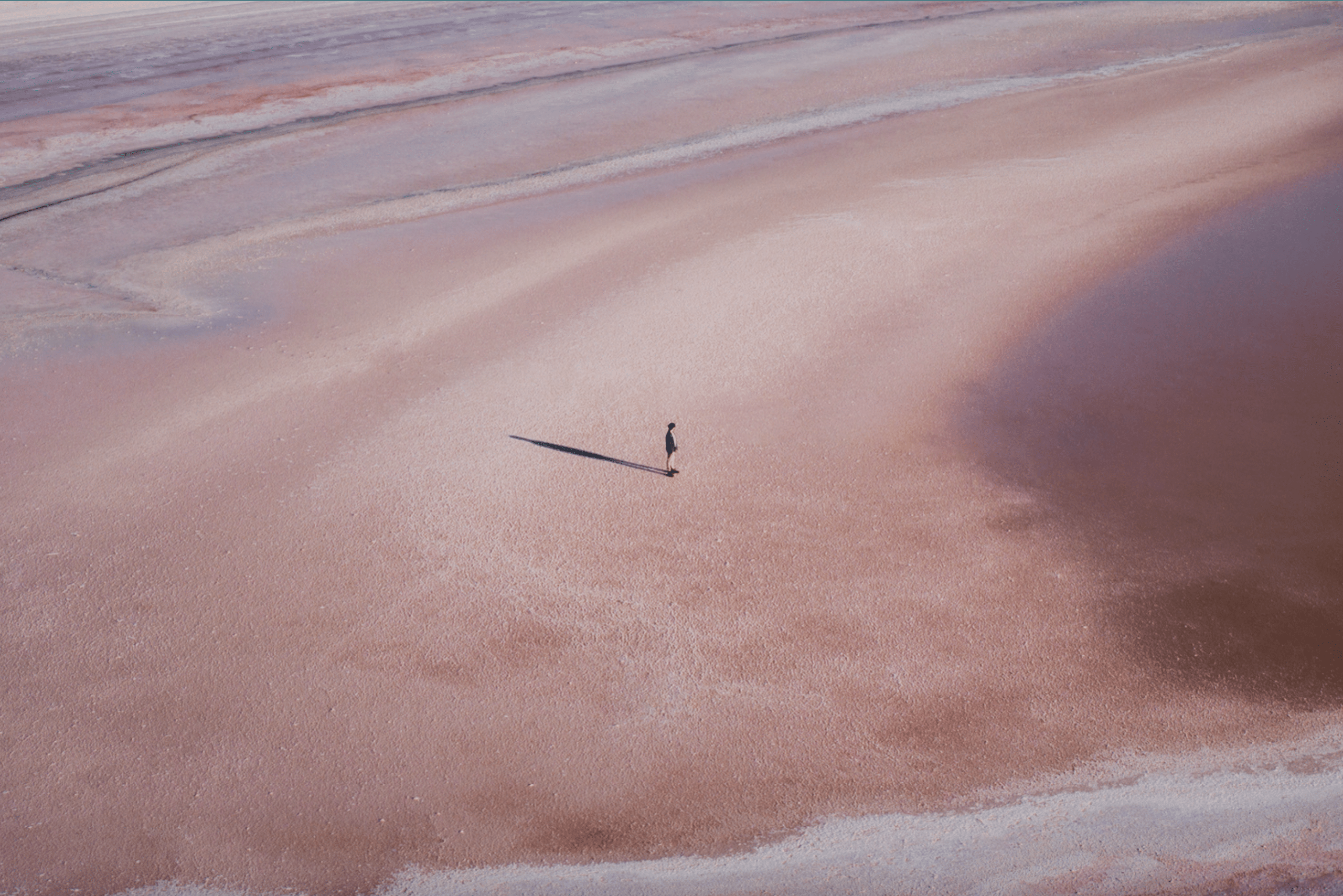If you are trying to level up your photography, you might be thinking about buying some new equipment. But before you make up your mind about investing in a new camera or lenses, there’s another option you may have overlooked: lens filters.
Lens filters can help improve your photography in many ways. They can protect your lenses, enhance colors, handle difficult lighting situations, and add creative effects to your images.
But it can be hard to know where to start since there is such a wide variety of camera lens filters out there, including ND filters, polarizing filters, UV filters, FLD filters, and infrared filters.
It’s important to learn a bit about the different types of lens filters. That’s because if you get the wrong kind or use them in the wrong situations, they can actually hurt the quality of your images.
This guide will help you navigate all the options by teaching you everything you need to know about lens filters. That includes the different types, their many uses, and some of the best options on the market.
Once you learn how to use photography filters properly, it can lead you to find more clients and gigs. That’s because it can help you create amazing work for your online photography portfolio that will make it stand out from the rest.
Let’s dig in!
DSLR Filters at a Glance
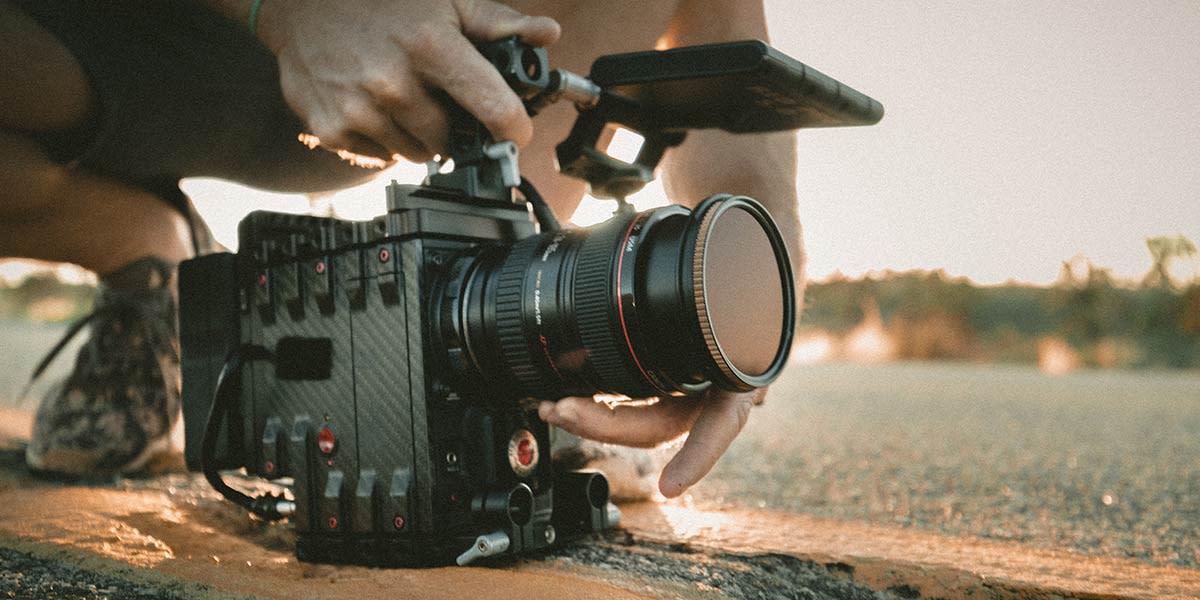
While point-and-shoot cameras can offer simplicity and compact size, one of the many benefits of upgrading to a DSLR or mirrorless camera is you can start experimenting with a wide range of lens filters.
Here are some short descriptions for some of the different kinds of camera lens filters available. This will just give you a basic idea of the uses for each lens filter type. Once you know what kinds of filters you’re interested in, read on to see more details on lens filters explained, and some product recommendations.
Clear Filters: Used to protect lenses and make cleaning easier.
UV Filters (Ultraviolet Filters): Used to block UV light. There’s some debate on whether they are needed for modern cameras, and they are sometimes used just for lens protection.
Neutral Density Filters (ND Filters): Used in landscape photography and flash photography to limit the amount of light entering the lens without affecting color.
GND Filters (Graduated Neutral Density): Usually used by landscape photographers to handle scenes with lots of contrast.
Polarizing Filters: Used to minimize reflections and make colors more vibrant by blocking out polarized light.
Close-Up Filters: Used to achieve closer minimum focus distance for macro photography.
Infrared Filters (IR Filters): Used for IR photography, which can produce creative images.
Special Effects Filters: Used to create special effects, ranging from soft focus to multivision.
Warming and Cooling Filters Used to correct or enhance certain colors in an image.
FLD Filters: Once used for shooting in fluorescent light on film cameras, these are now mostly obsolete, but they can remove green and add a purple tint.
Lens filters tend to be more popular among landscape photographers than portrait photographers, but, as you’ll see from this guide, there are a variety of filters that can improve your portraits.
If you’re looking for more options to up your portrait game, take a look at these guides to the best portrait cameras, best portrait lenses, and must-have portrait accessories.
Finding Quality Filters
No matter what kind of filter you’re looking for, there are a few things to keep in mind that can help you compare different models and find the right option.
Some characteristics you can compare include the seals (are the edges of the lens weather-sealed?), the type of glass (and where it was made), and the coatings (including protective coatings and coatings used to control what type of light can pass through).
Another thing to pay attention to is the material that the lens filter’s retaining ring is made from. Cheaper filters tend to have retaining rings made from aluminum, which is a relatively soft metal. That means they are more likely to dent or have problems with the threading. On the other end of the spectrum, high-quality photography filters often use brass retaining rings which are far more durable.
If you’re buying a color or polarizing filter, there’s one more characteristic to keep an eye on. These types of photography filters usually have a thin layer of polarizing material or color film between two layers of glass. In high-quality lens filters, that material is bonded to the glass layers to help keep out air and impurities.
Clear Filters
Clear filters are used solely to protect lenses and are sometimes even referred to as protective filters. Like most lens filters, they can keep out dust, make cleaning easier, and offer some protection from impacts. Since they are just clear glass, they shouldn’t create any unwanted side-effects.
For these reasons, many photographers use a clear filter on their lenses anytime they are not using another filter. However, some people argue that clear filters don’t offer much protection and can actually hurt your images. They say that lens filters are often more fragile than DSLR lenses, so if you bash your camera hard enough to damage the lens, the filter won’t be much help.
They also point out that any time you add a layer of glass in front of your lens, it will lower the image quality. And all of those complaints are true if you get the wrong filter.
That’s why it’s important to look for camera lens filters that use high-quality glass and have a multi-resistant coating. By choosing a high-quality clear filter, it will help make sure you don’t get reflections, flares, or lower image quality. In addition, a high-quality filter can help keep your lens from getting scratched.
Clear Filter Recommendations
So if you are looking for a clear filter to give you some piece of mind about protecting your expensive lenses, here are a couple of great options.
B+W XS-Pro Clear MRC-Nano 007 Filter
Price: $52 at B&H
Details: Multi-resistant coating, brass ring
Heliopan 77mm SH-PMC Protection Filter
Price: $104 at B&H
Details: 16-layer multi-coating, Schott glass, brass ring
Both of these clear lens filters come from reputable manufacturers, have brass retention rings, and will not degrade your image quality. The reason for the difference in price is that Heliopan is a premium manufacturer they go the extra mile when it comes to quality. Their protection filter features a coating that’s applied in eight layers on each side to provide high reflection reduction, and a moisture-repellent top-coat for easy cleaning and longer life.
UV Filters (Ultraviolet Light Filters) and Haze Filters
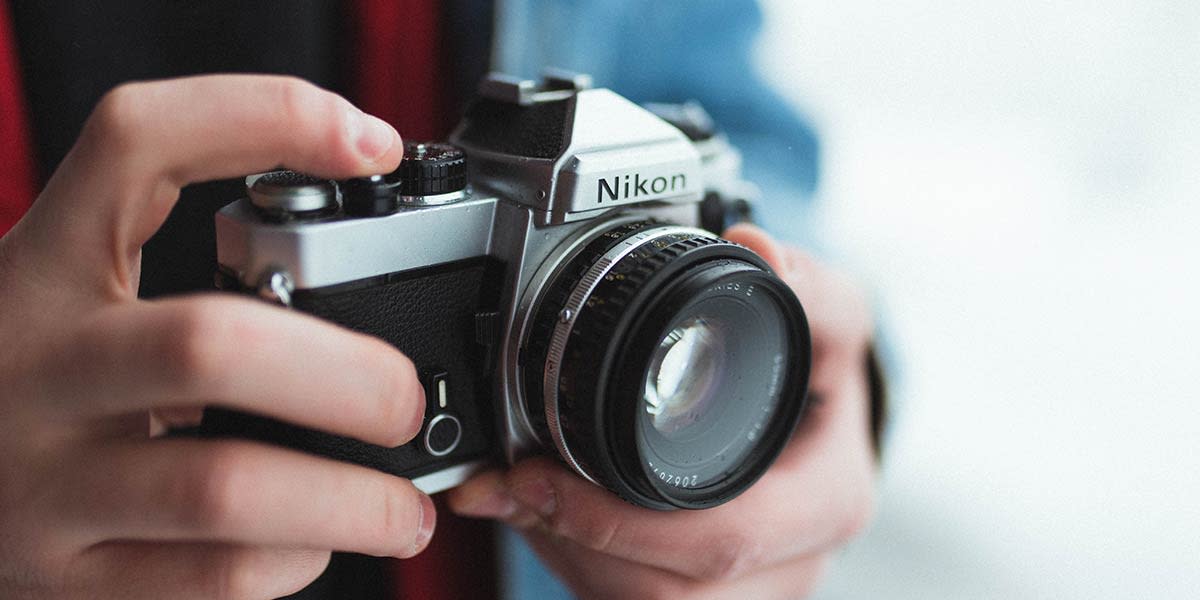
There’s some debate among photographers about whether UV filters are useful for modern digital cameras. They were necessary for film cameras because film is very sensitive to UV light. But digital sensors are less sensitive.
However, UV filters can still remove UV haze in specific situations. For that reason, they are sometimes referred to as haze filters.
Digital cameras will only pick up this type of haze when ambient UV levels are very high. One example would be if you were shooting at a high elevation on a bright day and near large reflective surfaces like snow or a body of water. In that situation, if you tried shooting a distant subject, the UV light between the subject and your camera could result in haze in your image. A UV filter would remove that haze.
It’s important to keep in mind that UV filters won’t help reduce haze caused by smog, since smog is made up of solid particles and not reflected light. Similar to clear filters, some photographers use UV filters primarily to keep their lenses protected and clean. Check out this guide to learn more details about UV filters.
UV Filter Recommendations
Here is one high-quality UV filter that’s worth taking a look at. What makes this filter a good option is it offers high light transmission with minimal distortion and reflections.
Chiaro 99-UVBTS Brass UV Filter
Price: $40 at B&H
Details: 99% light transmission, Schott glass, brass ring
If you are looking for more photography gear for your landscape shoots, check out these guides:
ND Filters (Neutral Density Filters)
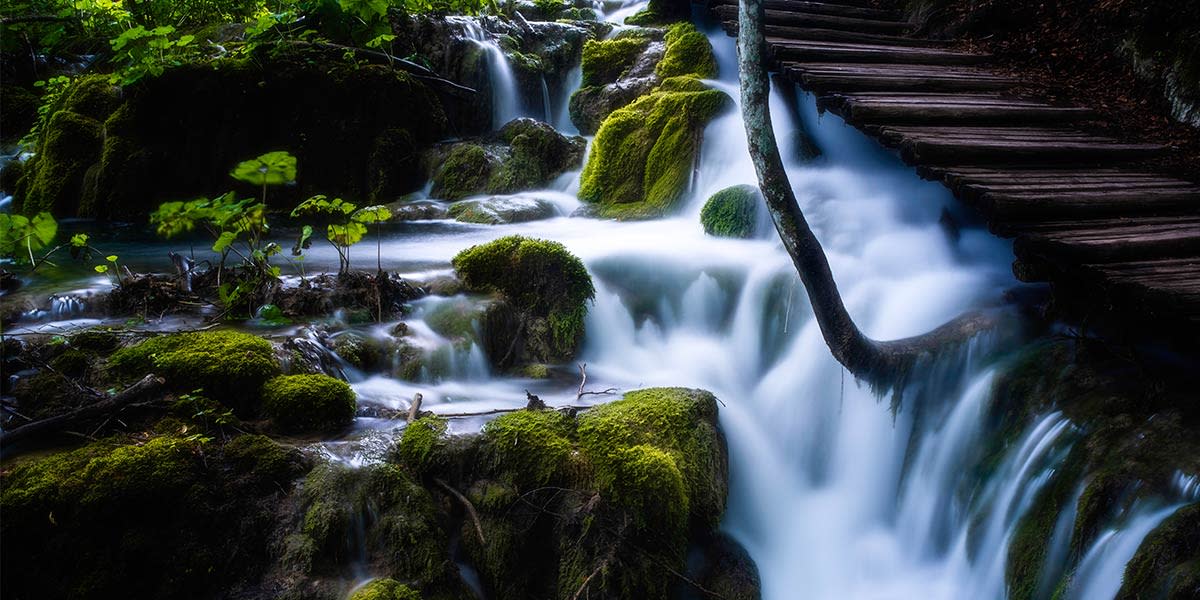
ND filters are made with dark-colored glass and are used to limit the amount of light entering your sensor without affecting the color of your image. They can help you avoid overexposing your images in bright light, especially when shooting with slower shutter speeds.
For example, let’s say you’re trying to photograph a waterfall or a river on a bright day. If you want to capture some motion blur on the running water, you’re going to need to use a longer exposure than normal. But, if it’s too bright out, your photo will end up overexposed no matter how much you play with other camera settings. A good ND filter will solve that problem.
But these lens filters are not just used for landscapes. They are useful anytime you will be dealing with lots of bright light, whether it’s from the sun or a studio flash. So basically, used in combination with your camera settings, ND filters offer one more way to manage the amount of light that makes it to your camera’s sensor.
These filters vary in darkness. Like any filter, the amount of light they block is commonly measured in stops. The higher the number of stops, the more the filter will darken the image. However, manufacturers will sometimes label their filters with a number for “optical density” or “ND factor,” which are just different scales for expressing the same thing. To help you make sense of it, there are ND filter beginner guides that include conversion charts.
ND Filter Recommendations
Here are some examples of high-quality ND filters:
Benro Master Series ND 3.0 Filter (10-Stop)
Price: $96
Details: Schott glass, multi-coating, brass ring
NiSi PRO Nano IRND 0.9 Filter (3-Stop)
Price: $65 from B&H
Details: Multi-coating, brass ring
GND Filters (Graduated Neutral Density Filters)
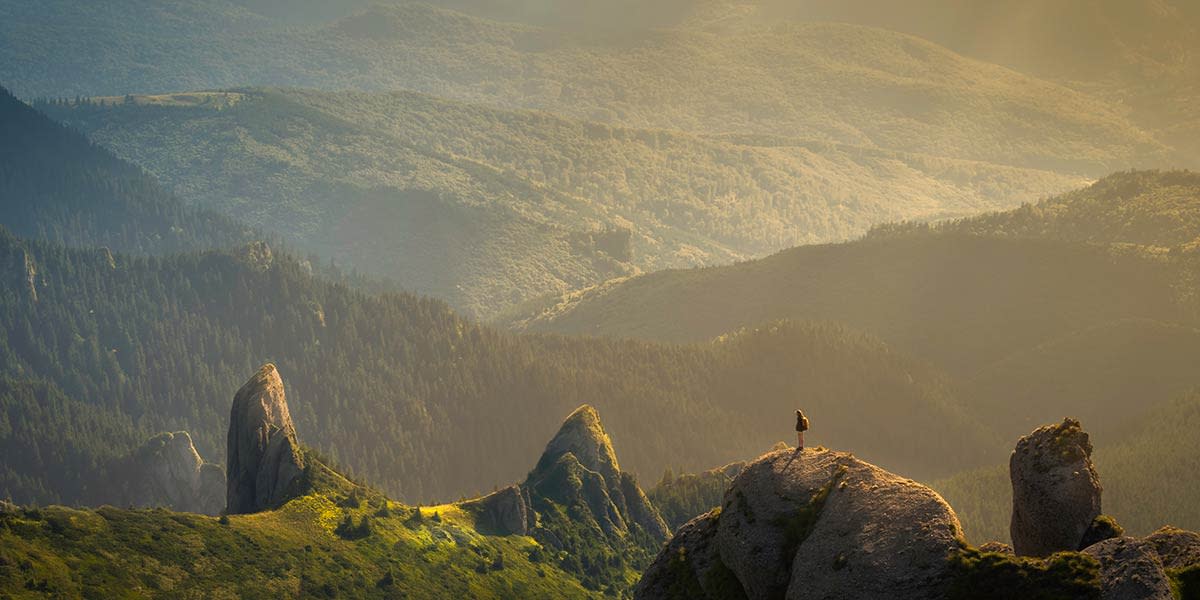
GND filters are similar to ND filters except they transition vertically from dark to clear. They are used by landscape photographers for shooting scenes with lots of contrast, such as a bright sky with a dark foreground.
To enable adjustments to suit the scene, most of these lens filters are made in a rectangular shape so you can move them up or down depending on how high the horizon is in your composition. That means you’ll need a filter holder system to attach them to your camera.
There are three main types of GND filters that are useful for shooting in different situations.
Hard-Edge GND Filters
Hard-Edge GND filters transition abruptly from dark to clear. They are designed for shooting scenes with a flat horizon. That way you can line up the hard edge in the middle of the filter with the horizon, so you only darken the bright sky and end up with an evenly exposed image.
Soft-Edge GND Filters
Soft-Edge GND filters differ because they have a smoother gradient from dark to clear. They are useful for situations where the horizon isn’t perfectly straight or flat, such as when there are hills or mountains. If you tried to shoot these scenes with a hard-edge GND filter, it would result in a noticeable midline where the brightness changes. But the gradient on a soft-edge filter avoids that problem.
Reverse GND Filters
Reverse GND filters are ideal for shooting sunsets and sunrises. That’s because these lens filters are clear on the bottom, darkest just above the midline, and gradually get clearer towards the top. As a result, they can let you capture evenly exposed images when the sun is near the horizon. (Be sure to take a peek at our guide on how to photograph sunsets!)
GND Filter Recommendations
Here are some high-quality GND filters for your perusal:
LEE Filters 100 x 150mm Hard Graduated Neutral Density 0.6 Filter (2-Stops)
Price: $113
Details: Made from durable optical resin, includes a filter pouch
Vu Filters 100 x 150mm Sion Q 2.5-Stop Soft-Edge Graduated Neutral Density Filter
Price: $80 at B&H
Details: Multi-coating, German glass, edge coated
LEE Filters 100 x 150mm Reverse-Graduated 0.9 Filter (3-Stop)
Price: $187
Details: Made from durable optical resin, includes a padded filter pouch
Polarizing Filters
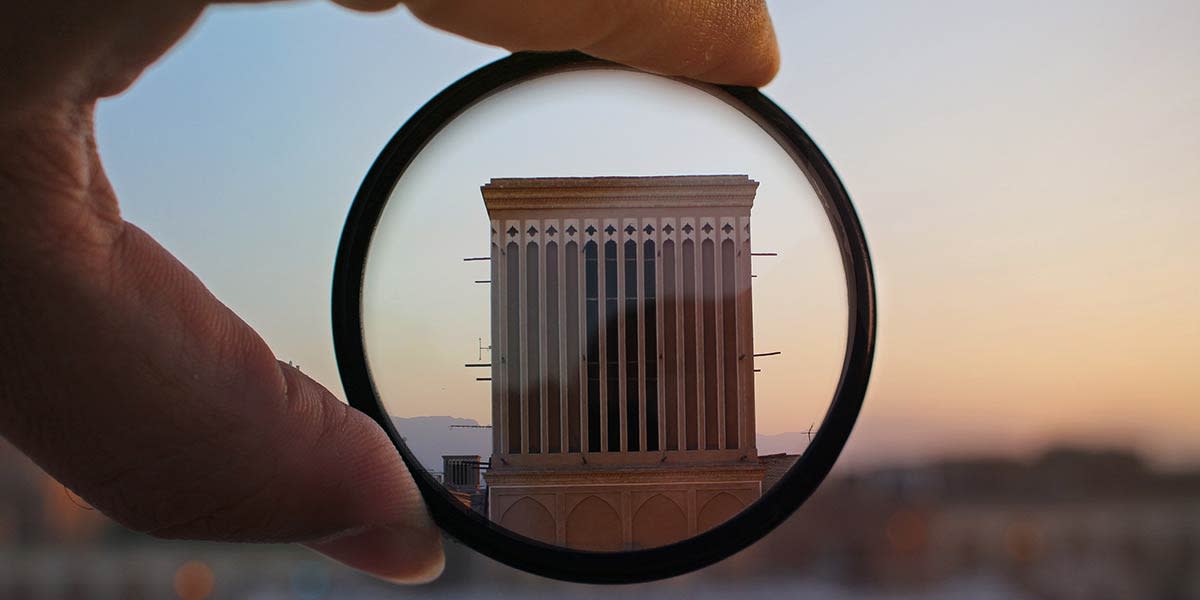
Polarizing filters can reduce reflections and glare in a scene and provide more vibrant colors. They enable you to limit the amount of polarized light that enters your lens, depending on the direction the light is polarized in.
This type of lens filter is one of the most popular because it can help improve your images in many situations.
If you’re not familiar with light polarization, here it is in a nutshell. When light gets reflected, some of it becomes polarized, which means the light wave is aligned on a single plane instead of moving in all directions. Some sunlight also gets polarized as it passes through the atmosphere. That’s why polarizing filters can darken skies and eliminate glare or reflections.
These lens filters enable you to rotate them when they’re attached to your camera, so you can see the effects as you block out light that is polarized in different directions. You’ll get the most dramatic results when shooting the sky, water, glassy surfaces, wet vegetation, or any other situation with lots of reflected light.
By blocking out the reflections and glare, polarizing filters can really make the colors in your photos pop.
Polarizing Filter Recommendations
Here are some high-quality polarizing filters:
B+W XS-Pro Kaesemann High Transmission Circular Polarizer MRC-Nano Filter
Price: $99.95 at B&H
Details: Multi-resistant coating, Kaesemann foils, brass ring
Heliopan Slim Circular Polarizer SH-PMC Filter
Price: $169 at B&H
Details: 16-layer multi-coating, Schott glass, brass ring
These are both high-grade lens filters that are currently available at huge discounts. The Heliopan Filter is normally listed as $278. Even at the sale price, the Heliopan filter costs a lot more, but for that you get some extra build quality. For instance, it is made from Schott glass, which is known for exceptional optical clarity.
But the B+W filter offers its own premium features too, such as Kaesemann foils which means the filter is reliably weather-sealed around the edges.
(Just make sure you stick to circular polarizing filters; the linear type shouldn’t be used as DSLR lens filters because they can cause errors with metering and autofocus.)
Close-Up Filters
Close-up filters can enable you to try macro photography without the need to buy a macro-specific lens. These filters are also known as macro filters or diopters. They basically work like reading glasses—they allow your standard lens to focus on closer subjects.
Close-up lens filters have some limitations, though. The images they capture won’t be nearly as sharp and detailed as what’s possible with a macro lens.
While macro lenses provide higher-quality images, they also tend to be very expensive, so close-up filters offer a much more affordable way to get into macro photography.
These filters are available with different strengths that can offer different minimum focusing distances. The math behind the labeling is a little complicated, but, for example, a +2 close-up filter can take a lens with a minimum focusing distance of one meter and lower it to 0.3 meters. A +10 close-up filter would lower the minimum distance to 0.09 meters.
Close-Up Filter Recommendations
If you’re interested in dabbling in macro photography, this is the highest-rated close-up lens filter (although this model is categorized as a lens, it does screw onto the filter threads on your existing lens):
Price: $149.00 at B&H
Details: Double-element, intended for lenses with focal length of 70-300mm
IR Filters (Infrared Filters)
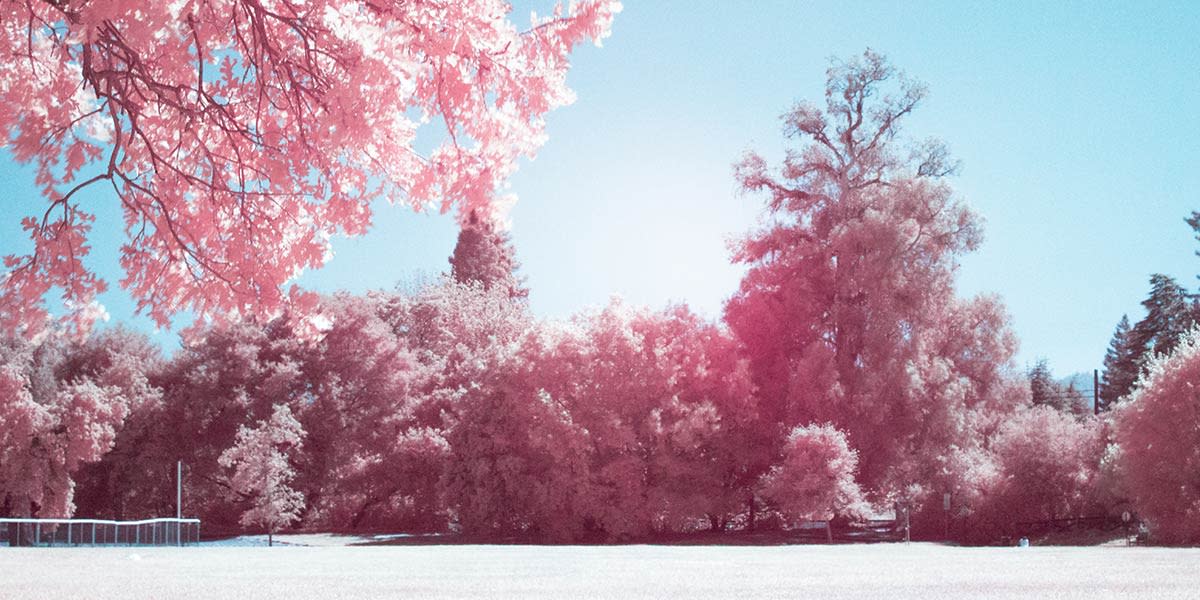
Digital cameras typically have built-in filters that block almost all infrared light from the sensor. Photographers who are interested in IR photography sometimes have their cameras converted by removing this filter.
But IR lens filters offer an easier and more affordable way to do it. They block out all visible light and allow only IR light in. If you use a long enough exposure, enough IR light will reach your sensor to capture an IR image, despite the camera’s built-in filter.
After you capture IR images, you’ll need to do some tweaking in post. That’s because they will start off looking very red. The adjustments you’ll need to make include adjusting the white balance, saturation, and contrast.
One downside is that since IR lens filters block all visible light, the viewfinder on your DSLR will be useless. In addition, using Live View on the camera’s screen won’t be much help, either, unless it has a boost mode that can brighten the scene up enough for you to see it.
So when using an IR lens filter, it’s a good idea to compose your shot first, make sure it is in focus, and put on the filter at the last minute.
If you don’t have a tripod, you’re going to need one for the long exposures involved with IR photography. Check out this guide on landscape photography accessories to see some recommendations on tripods. For some more pointers, here are a few good infrared photography tips.
IR Filter Recommendations
This is a high-quality IR filter at a reasonable price:
Price: $73 at B&H
Details: Blocks visible light up to 720nm
Special Effects Filters
Just like their name suggests, special effects lens filters can be used to add special effects to your images. Some of the different types available include starburst, multivision, diffusion, and center spot. All of these effects can also be created in editing software, but these filters can make the process faster and simpler.
Starburst filters are one of the most popular. They can add a twinkle-like effect to light sources in your images. Different starburst filters are available for turning lights into two, four, six, or eight-pointed stars.
Multivision filters allow you to create an effect where your subject is duplicated, resulting in a kaleidoscopic effect. You can rotate the front element to play with the effect. These filters are typically available in different models for creating between two and six duplicates. Circular multivision filters make the duplicates appear in a circle, while linear multivision filters create them in a straight line.
Diffusion or soft filters allow you to create a dreamlike, soft-focus effect, popular for portraits and artistic still life images.
Center spot filters are like diffusion filters around the edges, but are clear in the middle. That way your subject remains sharp and only the background gets the soft, dreamlike effect. Some of these lens filters are manufactured with an actual hole in the middle instead of clear glass. Avoid those models as the hole often creates a visible ring in the image.
If you want to try to create these effects in editing software but find that programs like Photoshop are too complicated or expensive, take a look at these Photoshop alternatives and free online editors.
Special Effects Filters Recommendations
Here are some examples of great special effects filters:
Nisha 77mm 3R Multi-Image Filter
Price: $39.95
Details: Rotatable, creates circular pattern, includes a pouch
Tiffen 6pt/2mm Grid Star Effect Filter
Price: $69
Details: Creates a streaking pattern to light sources, made in the USA, 10-year warranty
Warming and Cooling Filters
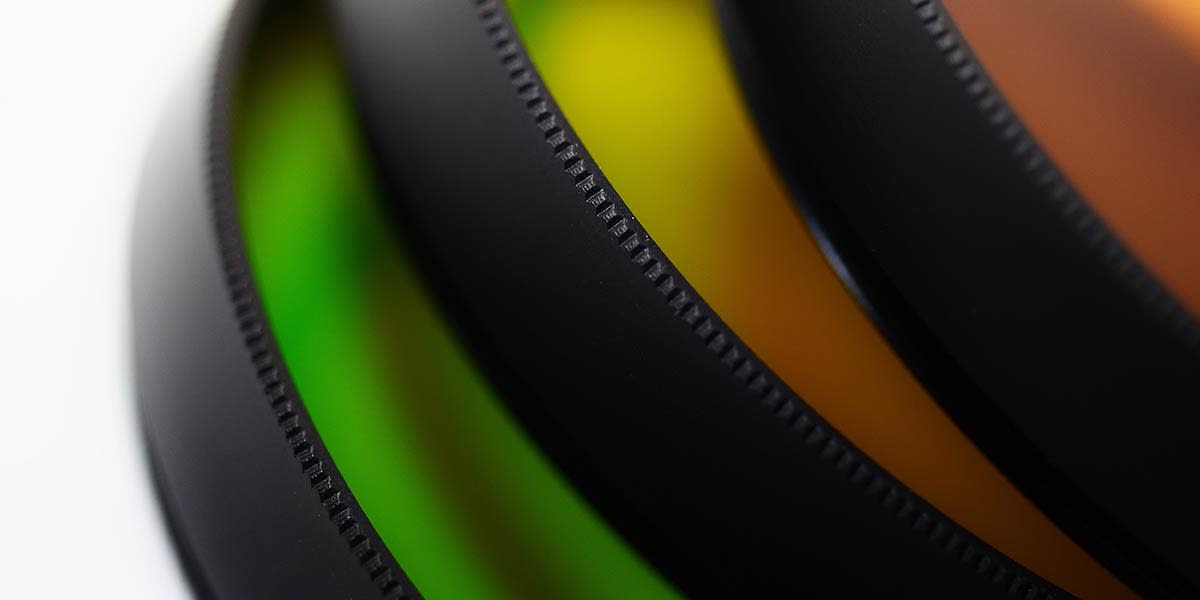
Warming and cooling filters can be used to enhance or correct the color of your images. That’s why they are also known as color-compensating or color-correcting filters. Since the advent of digital photography, they have largely gone by the wayside as you can easily get the same effect by adjusting your white balance on your camera or making simple tweaks in editing software.
However, if you just want to experiment with them, challenge yourself, or avoid making adjustments in editing software, here are a couple examples of high-quality warming and cooling filters.
Warming and Cooling Filter Recommendations
Hoya RA54 Red Enhancer, Color Intensifier Filter
Price: $82 at B&H
Details: Enhances red and orange colors, +0.5 stop, includes plastic case
Heliopan KB1.5 (82A) Cooling Color Conversion Glass Filter
Price: $69
Details: Schott glass, 1/3 stop, brass ring
FLD Filters
FLD filters were used on film cameras for shooting in fluorescent lighting. They are basically a color-correcting filter that removes some green from your images. So, just like other color correcting filters, they are not really needed since you can easily change your white balance at the push of a button. Some photographers still use FLD filters for special effects, as they can darken things that are greenish in color and add a slight purple tint to your images.
But most photographers argue that these lens filters are not worthwhile. The same effect can easily be achieved by adjusting your white balance, and FLD filters cause light loss that you need to compensate for. But if you are still interested, here’s an FLD filter worth looking at.
FLD Filter Recommendation
Tiffen FL-D Fluorescent Glass Filter for Daylight Film
Price: $43
Details: Resin between glass filter material, 10-year warranty
Show Your Work
Now that you’ve read through this lens filter guide, you should know what camera lens filters you’re interested in and how to use them. As you start taking better photos with filters, don’t forget to show them off on your online portfolio website!
Understanding the different types of lens filters and how to use them can help you overcome difficult lighting situations or create cool effects—and help set you apart from all the other photographers out there.
Don’t have a portfolio to showcase your photography yet? It’s easier than you think—as long as you use the right website builder. Look for an online portfolio that offers fresh, modern templates that will ensure your photos pop, and that your site looks good no matter what device someone views it on. Also, if you plan on trying to sell your images, look for a platform that makes it easy to set up an online store.
With the right filter, you’ll be creating sale-worthy shots in no time!
Check out these guides for more ways to improve your photos and add effects!
What Are The Best Monitors For Photo Editing?
How To Take Double Exposure Photos Without Photoshop
50 Lightroom Tutorials To Make Your Portfolio Shine
